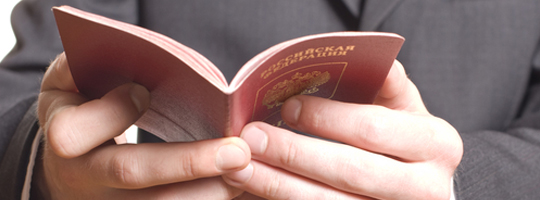
10 practical tips when checking ID documents
Each year, over 195 countries issue numerous ID documents. Given the complexity and sheer number of ID documents currently in circulation, ID checking clearly presents organizations with an enormous challenge.
Keesing has some practical tips for you !!
10 Practical tips when checking ID documents
1. Only accept secure ID documents. In other words, documents that contain security features, such as passports and ID cards. Documents that do not have security features, such as gas bills or bank statements, should never be accepted for anything other than address verification.
2. Always check the original ID document – do not accept copies, unless you intend to keep these for your own records (remember to obtain the holder’s permission first).
3. Follow the same, uniform inspection and verification procedure and be mindful of details.
4. Always check more than one security feature.
5. Try to perform the ID check in a well-lit area.
6. Check the person presenting the document: carefully compare the photo on the ID document to face of the person who presents it. Pay close attention to the shape of the eyes, ears, nose and mouth, and the distance between these facial features (they are more important than characteristics like the colour or length of the person’s hair).
7. Age check: ask the person presenting the document for his or her age, and compare the response with the date of birth in the ID document.
8. Check whether the document is still valid.
9. Use a magnifying glass and UV light, check for alterations, other deviations and any changes to the biographical data.
10. Check the ID document under a UV light. Genuine ID documents remain dark when exposed to UV light. Don’t forget: observing the correct UV response does not automatically mean that the document is genuine!
Don’t be afraid to conduct a thorough check – please take your time!
Copyright © Keesing Technologies 2015

